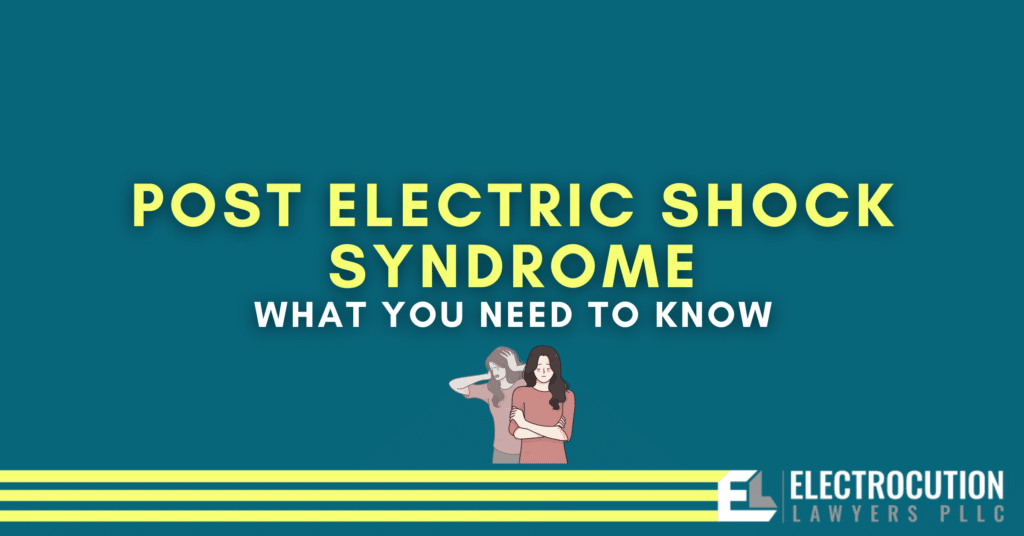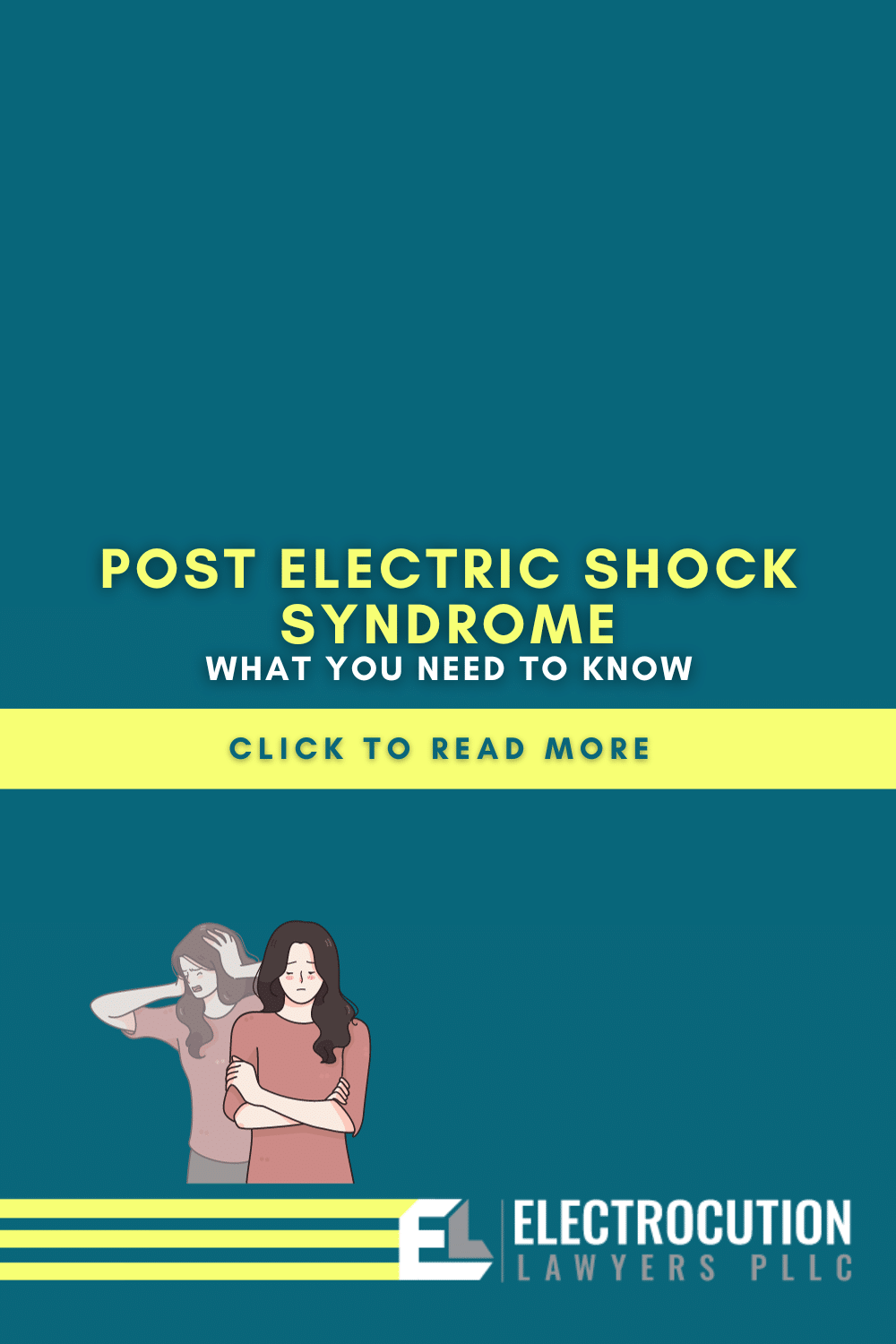
Post electric shock syndrome describes the circumstance where a person’s post-traumatic response to having suffered a shock results in neuropsychological and neuropsychiatric conditions that interfere with the victim’s ability to resume his or her normal life, such as not being able to return to work.
What is Post Electric Shock Syndrome?
Post Electric Shock Syndrome is thought of as a form of post-traumatic stress disorder that shock victims suffer. Research shows that in addition to causing visible, physical injury to a person, electrical shock can cause neuropsychological and neuropsychiatric injuries as well.
Consider what the research has to say about the connection between electric shock injuries and neuropsychological effects:
- “There is an increase in the incidence of neuropsychiatric sequelae of electrical injury, such as posttraumatic stress disorder, and they are now the second most common type of sequelae after those directly related to burns.” (“Electrical injuries: neurologic complications,” MedLink Neurology)
- “As many as 78% of those who have experienced electrical injury develop a . . . psychiatric diagnosis.” (“Long-term sequelae of electrical injury,” Can Fam Physician)
- “Studies have shown that 2 years after the date of electrical accident, victims are 14 times more likely to be affected by a formal . . . psychiatric diagnosis than those who suffered traumatic brain injury or those in burn populations.” (“Long-term sequelae of electrical injury,” Can Fam Physician)
What are the symptoms?
If you or a loved one experiences any of the following post electric shock syndrome symptoms, you should seek medical attention immediately:
- Problems with attention or memory
- Difficulty with problem-solving, coordination or psychological functioning
- Behavioral changes
- Changes in temperament
- Irritability, frustration, anger
- Feelings of worthlessness
- Withdrawing from normal activities
- Depression
- Emotional distress
- Poor quality-of-life
Significantly, research has also shown that many of the symptoms of this syndrome resemble those associated with traumatic brain injury.
Diagnosis
To diagnose post electric shock syndrome, your doctor will start with a physical examination. Additionally, your doctor may order an MRI to assess whether and/or the extent to which your electric may have affected the functioning of your brain. Finally, neuropsychological evaluation tests may be conducted.
Treatment
Once there is a diagnosi treatment can begin. Treatment options may include: (1) Cognitive behavioral therapy; (2) Behavioral or talk therapy; (3) neuropsychological treatment (4) Pain medication; (5) Rehabilitation; and (6) Physical therapy.
Need help from an experienced electrocution lawyer?
If you or someone you love is a victim of serious personal injury or death caused by electricity, please call us toll free at (947) 282-4269 for a free consultation.

